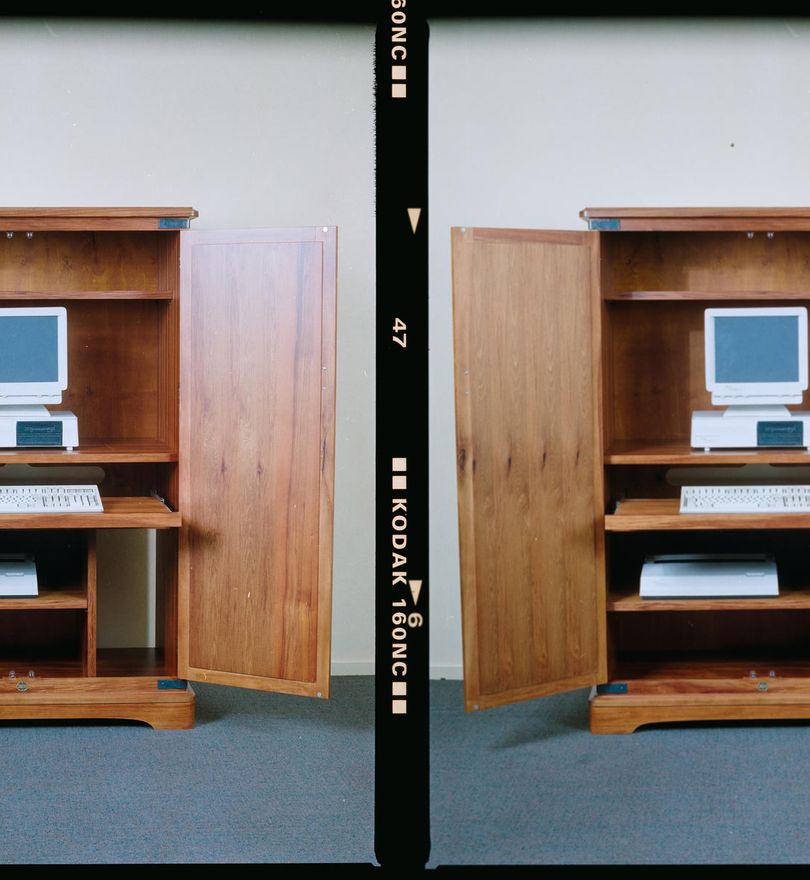A disorderly A to Z, to be continued throughout this magazine's six-issue run.
A is for ASIA
'let us remind ourselves that, whether in the global North or the global South, the search for an originary ‘Asia’ for the ground of identity leads to nothing.'
'... the problem of desire for Asianism in Asians as something to unlearn and relearn imaginatively.'
— Gayatri Chakravorty Spivak, Other Asias, Wiley-Blackwell, Hoboken, NJ, 2008, p. 213 & p. 225
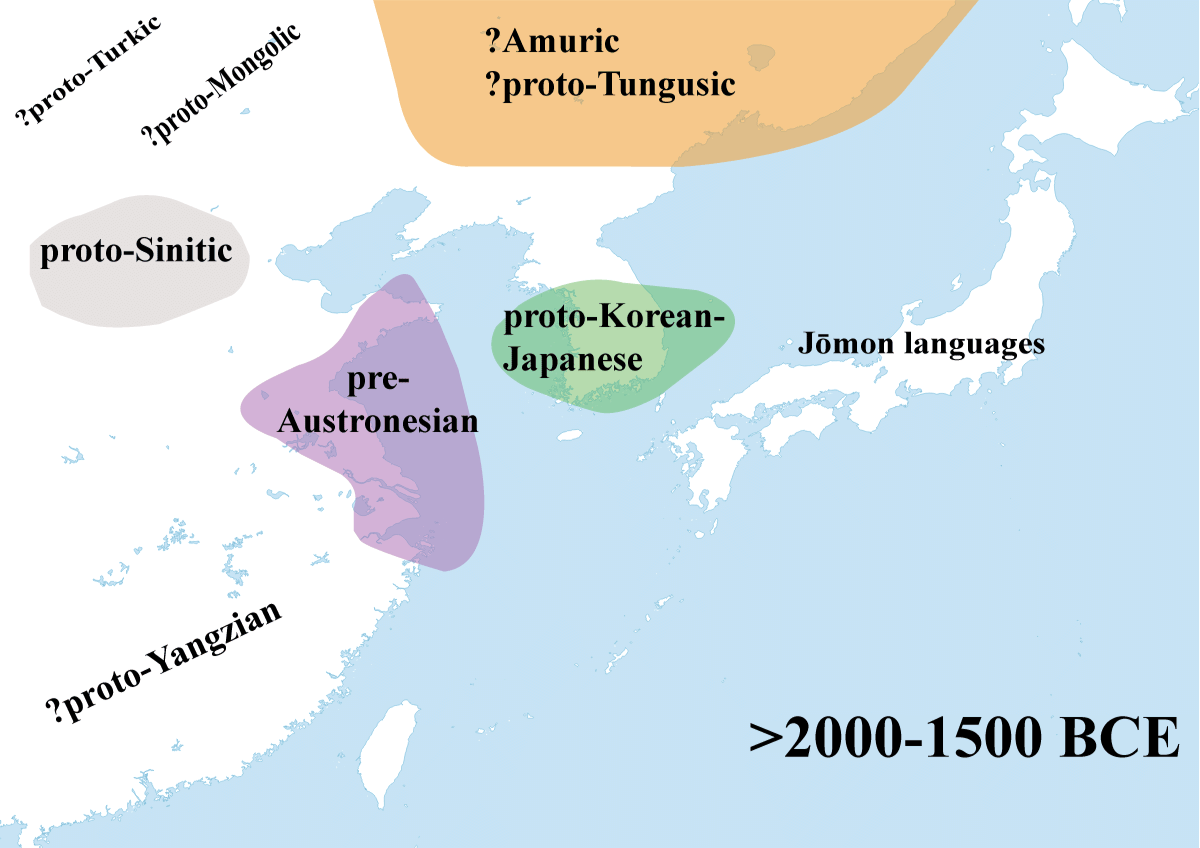
Bookworm8899, Linguistic map of ancient East Asia, 2018 (CC BY-SA 4.0)
'Caught between sometimes identifying as ethnically Asian or Indian versus their Pacific identity given that Fiji has been their home for 141 years, the identity tightrope majority of the community walk is often times tricky. Their migration history - India to Fiji and subsequently Fiji to New Zealand and the rest of the world, gives rise to particular challenges that are unique to them and being categorised as one or the other appears to have big implications.'
— Kadambari Raghukumar, 'The legacy of the Girmit', RNZ, 2020
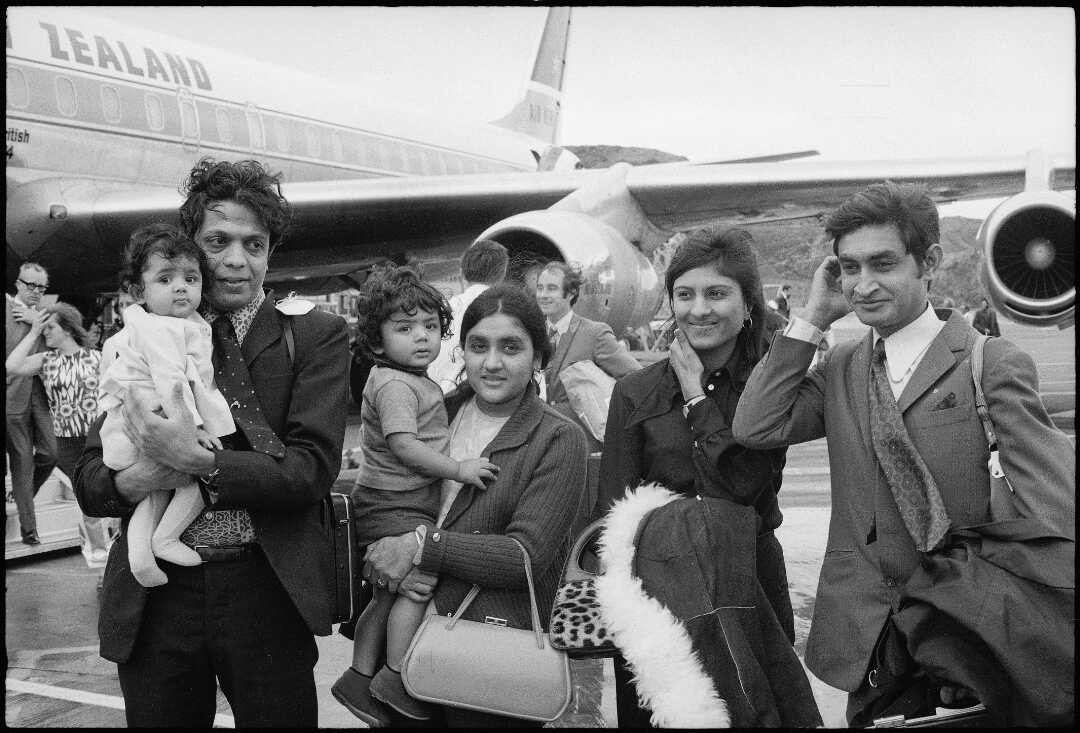
The Patel and Thaker families, Asian refugees from Uganda, arrive at Wellington Airport, Evening Post, November 7, 1972. Alexander Turnbull Library (EP/1972/5327/5-F)
'But that discussion [conceptualising what ‘Asia’ is] seems like a quaint, distant memory, with all the structural and material violence being unleashed, literally, everywhere right now in 2021. Stuart Hall put it so powerfully when he questioned his own discipline of cultural studies, asking “what in God’s name is the point”—given the urgency on the streets.'
— Özge Ersoy and Paul C. Fermin, 'Publishing as Method', Asia Art Archive, 2020
B is for BURNOUT
'Nearly all our senior-career Asian arts practitioners have already left Aotearoa in order to build a sustainable career elsewhere. This leaves only a handful of practitioners who are overburdened, burning out, and at risk of exiting the sector themselves.'
— Enter the Multiverse: Building a stronger sector for our Asian arts practitioners, Te Taumata Toi-a-Iwi, 2022
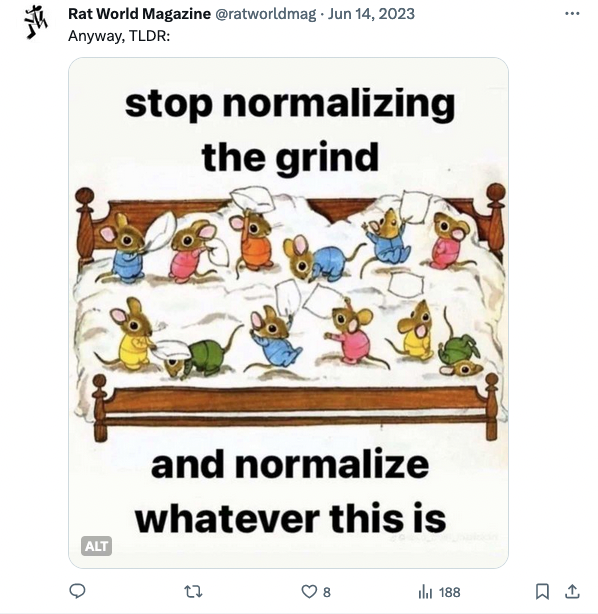
Rat World, Twitter thread, June 14, 2023
'... practitioners in the cultural field operate under ever increasing precarity, and so whatever “emergence” or “trend” we’re seeing must also be understood as adaptations to decreasing social safety nets across the board, including for many artists and writers and freelancers lumped into that category euphemistically called “flexible labour.” Attempting to navigate the high barriers to entry—internships, gatekeepers, cultural capital, proximity to “global cities,” not to mention discrimination faced along various axis including race, class, gender—these all contribute to what Byung-Chul Han diagnoses as our “burnout society”.'
— Ersoy and Fermin, 'Publishing as Method'
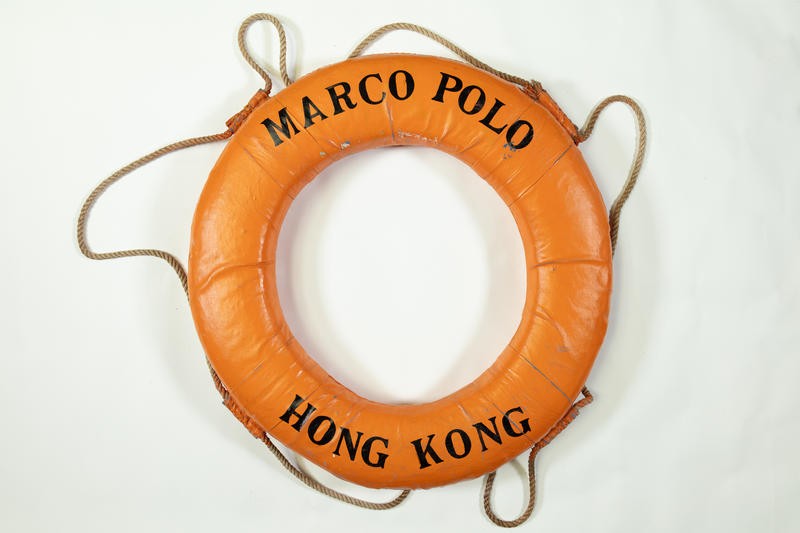
Lifebuoy from the passenger ship MARCO POLO on the Orient Line. New Zealand Maritime Museum (2001.51.7)
'The Shops and Offices Act 1904 provided that only British New Zealanders could decide the closing hours of shops, in response to anxieties that Chinese tended to work “too hard”.'
— Cross Examination, 'Of Monsters and Migrants – A History of Asian Discrimination in New Zealand’s Immigration Legislation', Equal Justice Project, 2021
C is for CENSORSHIP
'We heard about work being made in secret, such as Htein Lin’s sculptures of soap carved during his time in prison in martial law Myanmar, or having to cross borders to view films by Singapore filmmaker Tan Pin Pin or Thai artist Apichatpong Weerasethakul because their home countries remained inhospitable to their politically poignant content. The proviso of burn after reading was metaphorically real. Everything here felt like it mattered more.'
— Vera Mey, 'We're In This Together', A Year of Conscious Practice, 2016

Yuk King Tan, Crisis of the Ordinary (detail), 2019–2021
Starkwhite
'I truly don't know how much people know about how bad it's gotten, ... I'm not sure people knew about the crackdown on trade unions, student unions. Censorship in film has been brought in. ... It's important to support the arts and the filmmakers while they are able to make films. We truly don't know how much longer this will be allowed.'
— Vicci Ho, on programming films from Hong Kong in the Whānau Marama New Zealand International Film Festival, 'Reflecting cultures through film', RNZ, 18 October, 2021

Text message that Kūwao (@kuwao.space), an art and community space in Tauranga, received from their property manager after opening the exhibition From the River to the Sea, which featured Palestinian artists, in November 2023
'What does it mean to sing Hindustani music while Hindu nationalists attempt to co-opt the tradition? How do we resist India’s classical arts and cultural traditions being backed into communalist corners? And what does it mean to represent national culture in the diaspora—what if I don’t want to sing songs for the promotion of a Hindu nation state?'
— Balamohan Shingade, 'Singing with Practical Intent', Past the Tower Under the Tree: Stories of learning in community, Gloria Books, Tāmaki Makaurau, 2023, p. 105
D is for DO IT YOURSELF
'In 2001, Lee began organising hardcore punk shows and supporting grassroots activities in Te Whanganui-a-Tara — her involvement in the underground punk scene led to the creation of Red Letter Distro and solidified the purpose of the distro as a place that “brought together like-minded folks around a DIY punk ethos, alternative economics and value systems…and centre people’s lives and stories in print”.'
— Red Letter Distro, in the Satellites Archive
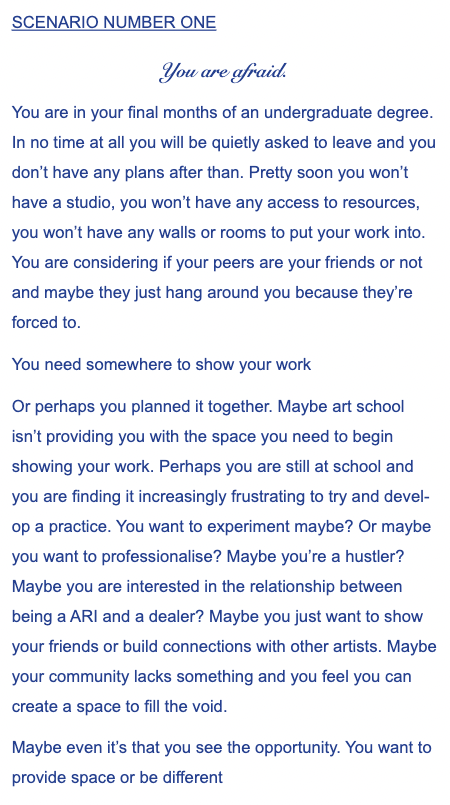
Hana Pera Aoake and Callum Devlin, excerpt from Endless Love: Blueprint for an ARI, 2017
'The outcome of our research is to design a heterotopia. How do we create spaces which reflect the conditions for making that we are living in using collaborative means and by engaging in a truly multidisciplinary approach to making? We first need to understand what a community is and how to bring people together, but also reimagine the space in which to host that community. “Community never refers to a collection of bodies conceived independently of their world. It refers to the nature of the relations between bodies and between these bodies and their world.”'
— Aoake and Devlin (quoting Tiqqun), Endless Love
error
'From a starter culture that included the lockdown, a cardboard sign, and a single table of free seedlings, the project has grown into an evolving network of many species, from soil microbes to humans and more. Now extending beyond the New Lynn neighbourhood where it began, Open Homes’ drive to connect emphasises the collective nature of our lives, seeking to continue the generosity and mutual aid that sparked it off.'
— Soil of Cultures, Open Homes, 2021


